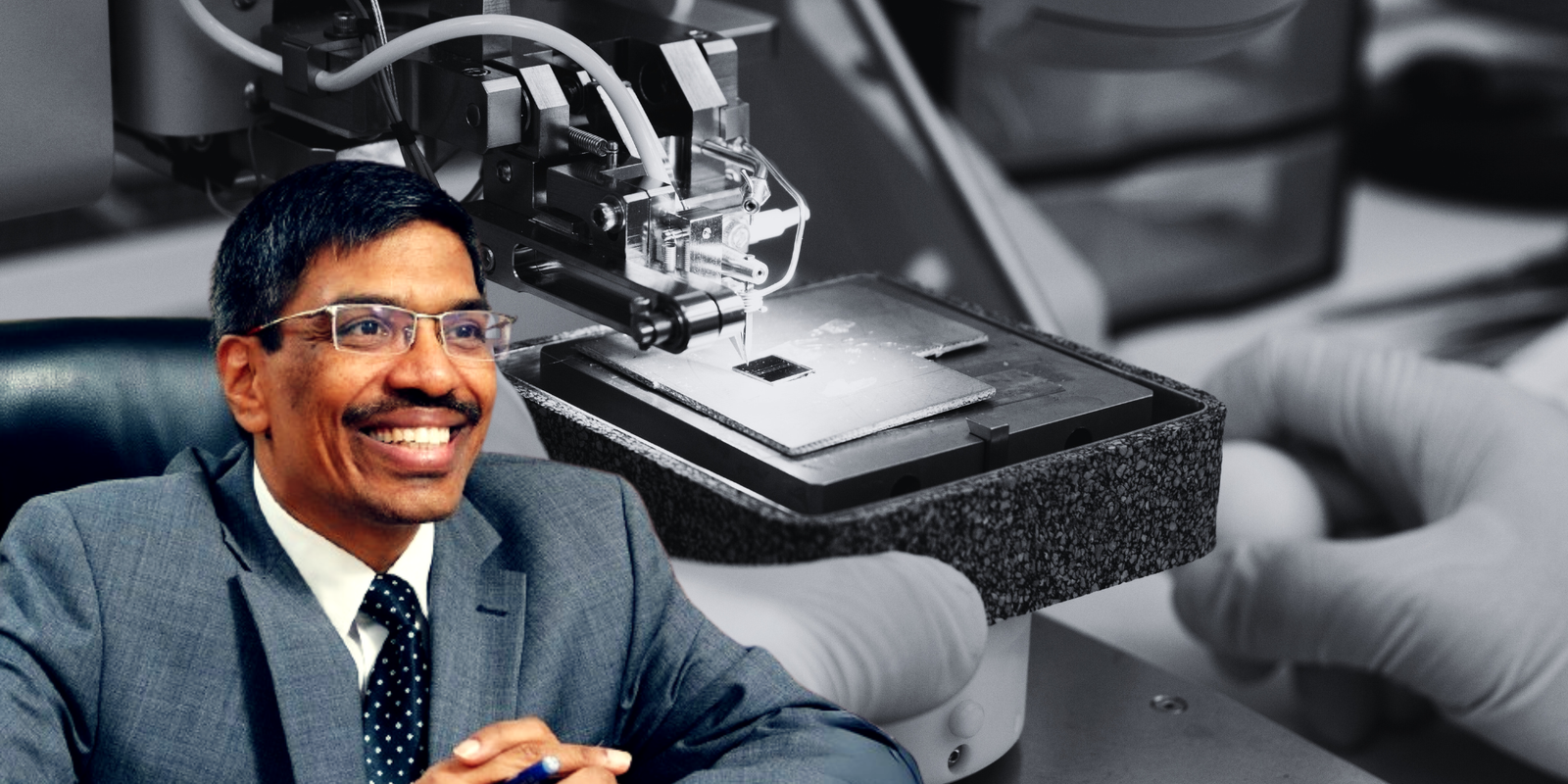Rajat Moona: Why India Must Build 3 Lakh Semiconductor Professionals


Global estimates suggest the world will need over 1 million trained semiconductor professionals by 2030. India alone is expected to contribute 3 lakh skilled experts, meeting both domestic and international demand. This makes talent development one of the most critical pillars of India’s semiconductor journey.
The Education Imperative
As Shradha Sharma and Rajat Moona, Director of IIT Gandhinagar, highlight, the challenge is not whether India can produce this talent but how quickly it can scale education and training systems.
“The semiconductor ecosystem is a very, very complex ecosystem,” Moona explains. “No country can supply the entire global requirement, but India has the potential to meet a large share of it.”
The immediate need within India may hover around 1 lakh professionals, but with global shortages looming, the country has an unprecedented opportunity to emerge as a talent hub.
Gandhinagar’s Role: The Shinju of India?
Drawing parallels with Taiwan’s Hsinchu, which became the cradle of the semiconductor revolution, Gandhinagar is being envisioned as a potential hub for India. With academic institutions, research centres, and government backing, the city could serve as a nucleus for semiconductor talent and innovation.
However, this will require rapid scaling of:
- Curriculum and research programs tailored to semiconductor technologies.
- Industry-academia partnerships to ensure graduates are job-ready.
- Upskilling initiatives for professionals in adjacent fields like electronics, physics, and material sciences.
Seizing the Global Opportunity
The international market for semiconductors is expanding, and so is the demand for skilled workers. India’s demographic advantage, coupled with its strong base in engineering education, positions it uniquely to contribute talent at scale.
But the clock is ticking. With 2030 as the horizon, education and training must move as fast as the technology itself.
India’s semiconductor dream will not be realized by fabs alone, it will be powered by people. As the country ramps up efforts in infrastructure, equal focus must go into building a robust pipeline of talent. If Gandhinagar becomes India’s “Shinju,” it won’t just be about place, it will be about people shaping the future of technology.
Discover more from News Hub
Subscribe to get the latest posts sent to your email.







